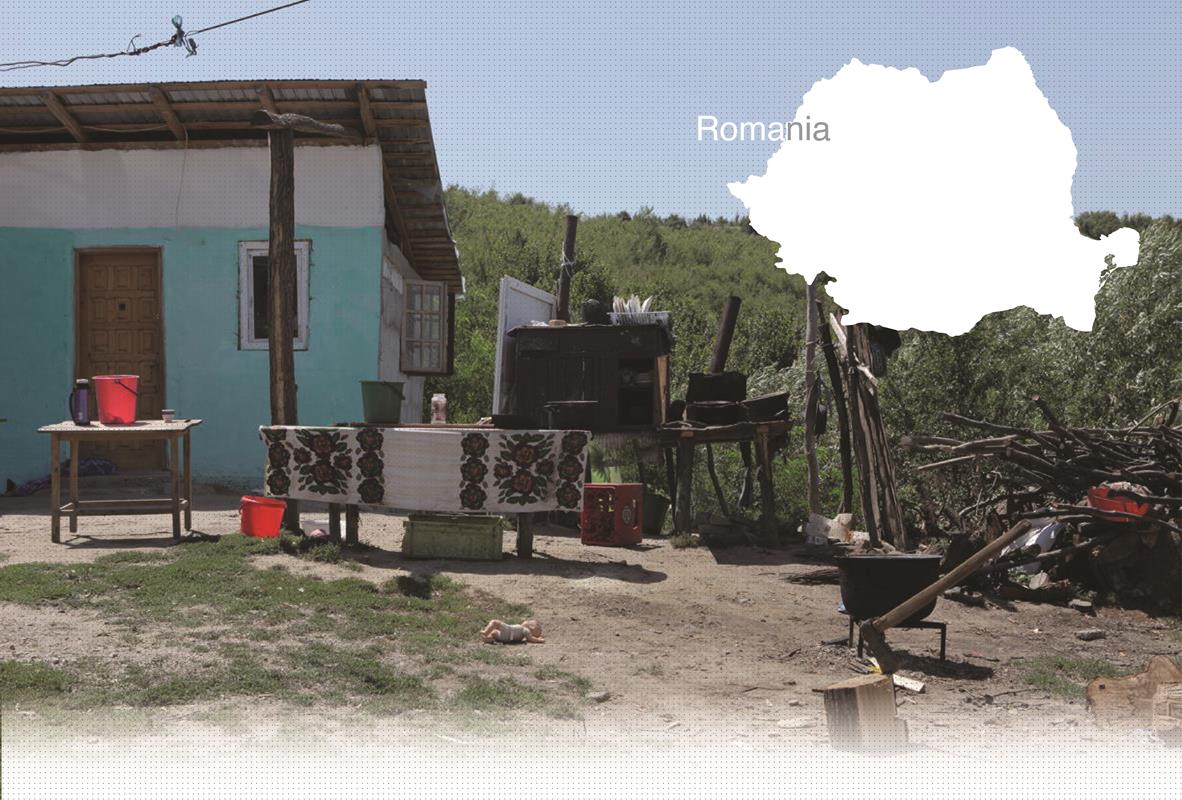

2 Killing site(s)
Marcel, a Jewish survivor, told us: "I remember that the real danger for the Jews started on June 29, 1941. It was a big surprise for all the Jews. We were forced to wear the yellow stars of David on our clothes. We could not buy or sell food anymore. For certain hours, we didn’t have access to some public places. At that time there were cellars where Jews hid. It was difficult for the police to search the cellars. So, in order to make us come to the commissariat, they distributed a sort of ticket with the word "Free" written on it in a Jewish district. The Jews thought that if they showed up at the commissariat they could be set free, could again buy commodities. But it was a trap --“Instead of receiving freedom, we met death.” (Witness N°84, met in Iasi, on December 03, 2013)
Iași is located in Moldovian region in the North-East of Romania. Before the war Iași was considered as the second largest Jewish community with 127 synagogues. On the eve of the war some 100,000 people inhabited the city of Iasi, 50,000 of them Jews. The first documented presence of Sephardi Jews goes back to the late 16th century. In 1855, Iași was the home of the first-ever Yiddish-language newspaper, Korot Haitim, and, in 1876, the site of what was arguably the first-ever professional Yiddish theater performance, established by Avraham Goldfaden. The words of HaTikvah, the national anthem of Israel, were written in Iași by Naftali Herz Imber.
All the Jews were registered. A lot of anti Jewish measures were conducted by local inhabtants as they were encouraged by local governement. The Jews were subjected to assaults, plunders and humilation. The massacres against the Jews were carried out by Romanian and German soldiers, members of the Romanian Special Intelligence Service and police. The "Black Sunday" the Jews were summoned to police yard. Among those who showed up, thousands were shot dead on the spot; and other 4,330 survivors, and many Jews who had been rounded up from all parts of Iasi, were packed into freight cars and vans, called "Death trains". The first of the two death trains consisted, by varying accounts, of between thirty-three and thirty-nine cars with 2,430 to 2,590 passengers. The second boarded about 1,902 Jews in 18 cars. It is difficult to say the exact number of murdered Jews, but according to different estimations from 29 June to 6 July 1941, over 13,000 of Jews were killed during the Iasi pogrom.
Do you have additional information regarding a village that you would like to share with Yahad ?
Please contact us at contact@yahadinunum.org
or by calling Yahad – In Unum at +33 (0) 1 53 20 13 17